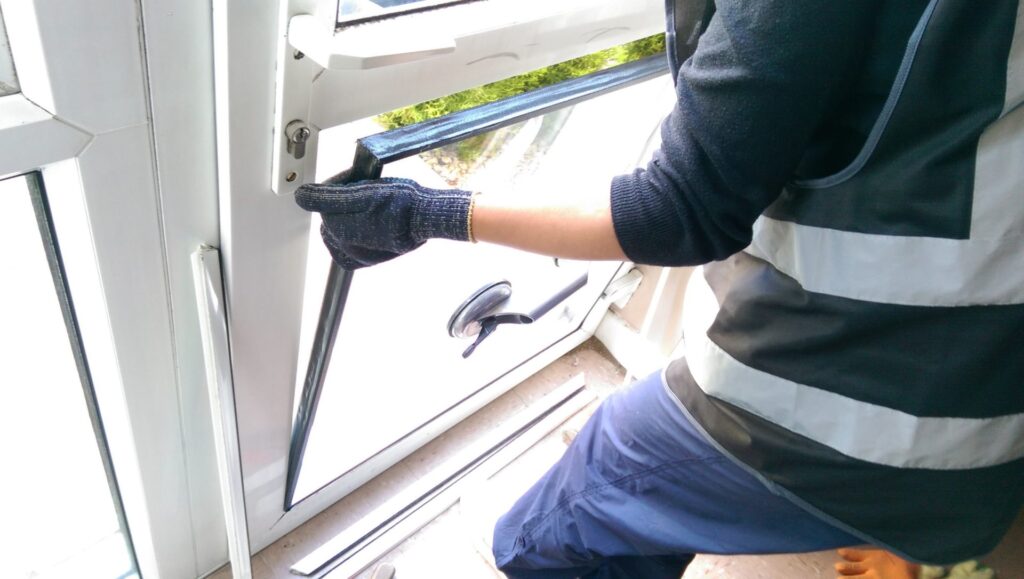
Window Refurbishment
Add a review FollowOverview
-
Founded Date May 19, 2023
-
Sectors Office Workers
-
Posted Jobs 0
-
Viewed 10
Company Description
Ten Things You Need To Know About Window Hardware Repair
Comprehensive Guide to Window Hardware Repair
Window hardware plays a crucial role in the performance and looks of windows. Over time, wear and tear can jeopardize the operation and stability of window systems. When a window breakdowns, it can lead to safety issues, energy inadequacy, and compromised home security. Comprehending how to repair window hardware can empower homeowners to maintain their windows successfully, conserving both time and cash. This article outlines typical hardware issues, repair methods, and often asked questions about window hardware repair.

Common Window Hardware Issues
Window hardware can experience various concerns, and determining them is the initial step towards reliable repair. The following are a few of the most common problems:
| Issue | Description |
|---|---|
| Broken Locks | Locks might end up being disengaged, broken, or worn away gradually. |
| Worn-out Hinges | Hinges can use down, triggering windows to sag or end up being misaligned. |
| Damaged Tracks | Moving windows might struggle to open and close if tracks are harmed. |
| Broken Handles | Deals with can break or become loose, impacting window operability. |
| Storm Window Issues | Storm windows may fail to seal properly or end up being misted. |
Vital Tools for Window Hardware Repair
Before starting a window repair task, it is necessary to gather the right tools. The following list outlines the needed tools for DIY window hardware repair:
- Screwdrivers (Flathead and Phillips): Essential for getting rid of and protecting hardware components.
- Pliers: Useful for grasping and twisting when managing tight-fitting parts.
- Utility Knife: Helps to cut through caulking or weather removing when required.
- Replacement Parts: Specific to the kind of window (locks, hinges, manages, etc).
- Lube: Silicone spray or other appropriate lubes can help to ensure smooth operations.
- Drill: Used for protecting hinges or locks if screws require replacement.
- Measuring Tape: Critical for ensuring that replacement parts fit effectively.
Repairing Common Window Hardware Issues
While some repairs can be complex, numerous window hardware repairs can be achieved by the typical homeowner with a few tools and a little direction. Below are detailed guides for some typical repairs.
1. Repairing Broken Locks
Step 1: Determine the type of lock (keyed or www.repairmywindowsanddoors.Co.uk lock).
Step 2: Remove the screws protecting the lock using the proper screwdriver.
Step 3: If the lock is broken, replace it with a brand-new one by following the manufacturer’s directions.
Step 4: Install the new lock and secure it with screws. Ensure it operates properly before leaving.
2. Fixing Worn-out Hinges
Step 1: Inspect the hinge for wear or signs of rust.
Step 2: If replacing, eliminate the old hinge by unscrewing it from the window and the frame.
Step 3: Align the brand-new hinge with the existing holes and secure it using screws.
Step 4: Test the window’s operability to make sure smooth opening and closing.
3. Realigning and Repairing Tracks
Action 1: Inspect the track for debris or damage.
Step 2: Remove any blockages and tidy the track with a moist fabric.
Action 3: If the track is harmed, buy a replacement track and follow the maker’s specifications for installation.
4. Changing Cracked Handles
Step 1: Remove the existing manage by unscrewing it.
Step 2: Measure the manage size to guarantee a right replacement.
Step 3: Install the new deal with by protecting it with screws.
Step 4: Test the manage for safe operation.
Preventative Measures for Window Hardware
Preventative maintenance is crucial to lengthening the life expectancy of window hardware. Property owners can participate in basic tasks that mitigate wear and tear. Some effective preventative measures consist of:
- Regularly lubing hinges and locks to decrease friction.
- Inspecting weather stripping and replacing it if it shows indications of wear.
- Cleaning window tracks regularly to avoid dust and particles buildup.
- Monitoring for any indications of wetness or mold that might damage window hardware.
Frequently Asked Questions about Window Hardware Repair
Q1: Can I repair window hardware myself, or should I employ a professional?
A1: Many window hardware repairs can be managed by house owners with standard tools and skills. However, if the damage is extensive or you’re unsure, hiring a professional is recommended.
Q2: How often should I examine my window hardware?
A2: It is usually suggested to check window hardware at least as soon as a year. Nevertheless, more regular checks are advisable in harsher environments or if windows are frequently opened and closed.
Q3: Where can I discover replacement parts for window hardware?
A3: Replacement parts can frequently be discovered at local hardware shops, home improvement centers, or online sellers. Constantly make sure that you purchase parts suitable for your specific window type.
Q4: What should I do if my window does closed or close efficiently?
A4: First, check the tracks and hinges for obstructions or damage. Cleaning up and lubing these parts typically solves the problem. If issues persist, think about whether a hardware replacement is necessary.
Q5: Is it needed to change window hardware if I can still operate the window?
A5: If the window runs successfully, replacement might not be essential. Nevertheless, preserving premium hardware is crucial for security and performance.
Maintaining window hardware does not require to be an overwhelming job for homeowners. With the right tools, knowledge, and preventative procedures, individuals can repair and extend the life of their window systems. Similar to all home repairs, being notified motivates confidence in their capability to manage and keep a safe and effective living environment. Correct window hardware care equates to better functionality, enhanced security, and overall satisfaction in home maintenance.



